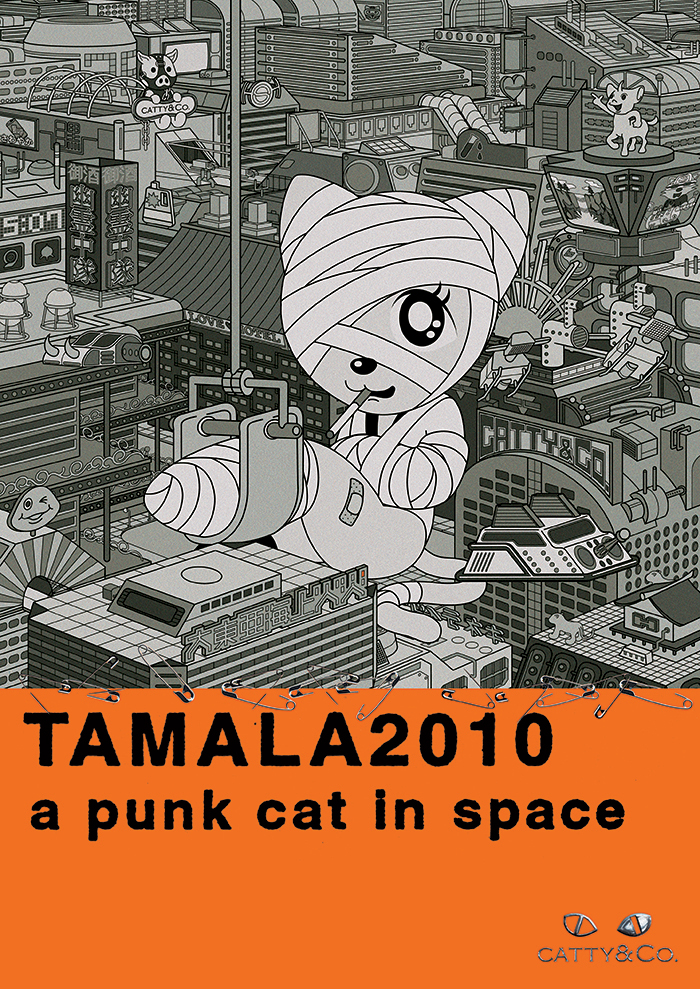Everything Everywhere All at Once is a 2022 American absurdist comedy-drama film written and directed by Dan Kwan and Daniel Scheinert (collectively known as “Daniels” [Swiss Army Man]). The film stars Michelle Yeoh, Stephanie Hsu, Ke Huy Quan, Jenny Slate, Harry Shum Jr., James Hong, and Jamie Lee Curtis.

The plot follows a Chinese-American woman (Yeoh) being audited by the Internal Revenue Service who discovers that she must connect with parallel universe versions of herself to prevent a powerful being from causing the destruction of the multiverse. The film has been described as a “swirl of genre anarchy” and features elements of black comedy, science fiction, fantasy films, martial arts films, romance and animation.
Kwan and Scheinert researched the concept of the multiverse as far back as 2010, and began writing the screenplay as early as 2016. Originally written for Jackie Chan, the lead role was later reworked and offered to Yeoh.

The film features music composed by Son Lux, including collaborations with musicians Mitski, David Byrne, and André 3000. Critics lauded its imagination, direction, the performances of the cast, and its handling of themes such as existentialism, nihilism, and Asian American identity. (wiki)
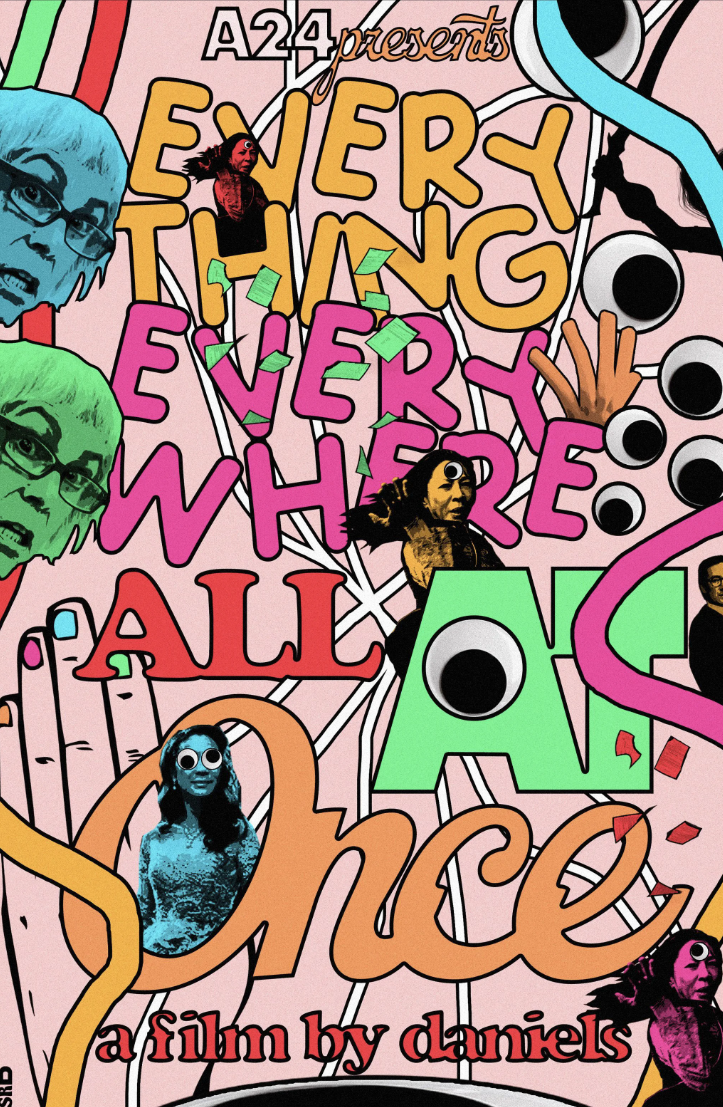
Many thanks to Pnea Gabi for arranging and posting this here.
A confession: after enthusing about this movie before even watching it. I’ve joined the hype around it and it is really impossible to extricate from it. I owe it to those on TW that have made me aware of its existence either by posting its beautifully chaotic poster art or by giving intriguing detailed spoilers. A good movie is one that gets discussed a lot – not in the sense of the last SW or the last Obi-Wan pitting various camps against one another – but by the variety and plurality of its responses, cold or hot takes, perspectives and viewpoints. It’s about how it tends to reach, stimulate, agglutinate these views, working its way from body visceral cinema response to daily chit chat. I say “body” because Everything Everywhere combines everything typical of what Linda Williams identified as body genres (genre’s involving powerful almost, unavoidable bodily affective transformations): slapstick comedy, melodrama, horror, and even kinky (if predictable and worn out) porn antics.
First I am going to quote from Scott C Richmond’s paper ““Dude, that’s just wrong”: Mimesis, Identification, Jackass” for a fragment I hold dear because it finally recognizes something important in the Jackass movie opening scene with Johnny Knoxville and Steve-O willingly submitting to paper cuts (as you maybe remember Michelle Yeoh’s character taps into her other multiverse selves by doing the very same Jackass stunt). Scott Richmond calls it “critical stupidity” and reminds us how stupid it is to dismiss what would otherwise be “riotously stupid” scenes. One cannot but feel pulled by both the aversion and attraction to these ‘wrong’ acts. Words do not suffice when we’re living through something that can be at once radically social,and radically antisocial. Critical stupidity could be a way to confront what is “inarticulate and deeply human” or help us deal with “irreparable exposure to others”. Denying this we end only as dismissive contemporary media refusniks basically, falling back on the tired if refined certitudes of the pure intellect. Why not give importance and enter (tumble?) a terrain of intimate and consummate ‘wrongness’?!
Theory, for Scott Richmond (and cinema theory especially so) has to deal with the most hilariously stupid, decerebrated moments of today’s dominating media experiences (think Tiktok, YT challenges, alternate reality game etc. + their horrific counterparts such as right wing replacement thesis influenced shooter youths) :
Today we must feel as pressing, somehow, that there‘s something we don‘t yet know how to account for even (or especially) in the stupidest moments our media gives us. These moments may not seem to call for an accounting, on account of their stupidity. It has seemed to me for some time that our contemporary popular cinema has lost whatever faith it may once have had in articulateness or intelligence. It has placed its faith instead in a perceiving, affected, porous, and voluptuously and irreparably exposed body. This faith in the
body is not new, but it is both increasingly intensified, the object of an aesthetic elaboration, and newly endemic, ubiquitous in our contemporary media.
One may say it has been going on especially in the work of such directors as Cronenberg yet I think it’s more about Mo Lei Tau (see below). Going to jump here to a series of worthy reviews (I am sure there is many more out there in the critical multiverse of the net), before going fractal on Everything Everywhere with what came out of an intense exchange in Romanian with good friend/cinephile Felix Petrescu from electronic duo magicians Makunouchi Bento. We like to disagree and we also gave it a long (over +30 emails) tail, in my mind close to the ‘multiverse’ format of the film. The popularity of the multiverse genre (not just from Marvel’s Dr Strange and the Madness of Multiverse to indie production but also regarding string theory is a testament to the ‘multiverse is the new zombie’ TW. On one side I agree with this diagnosis, especially the one formulated by Thomas Murphy below. No mistery that under current franchise TINA (there is no alternative) – absolute permutability appears inevitable to today’s realism capitalist enchanted by multiverse theories. This diagnosis of the exhaustion of possibility is nowadays propped up by every movie discussing availabilities that are not there for a majority of people. What is one to make of multiverse theories & future contingent possible worlds beside most of these being cringe (in TM’s view):
Thomas has got a clear point there and convergence culture offers overwhelming proof, but I am also pulled away by Guy Lardreau’s metaphysics of fiction here (further explored in a great post by Steven Shaviro). Fiction (for Lardreau’s philosophical fictions) may exist only when the real does not join the necessary. Leibnizian permutations do not exhaust possibilities or embrace some version of the anthropic principle, they do not start with our world as the best of all worlds, nor do they refuse the desolation of the actual world. These permutations do not turn away but in spite of Voltaire’s Dr Pangloss caricature, which should be taken seriously (after G Lardreau) not just as a caricature of Leibniz, but a plunge into going beyond experience or failure of imagination into how bad and disastrous most of these worlds tendentially are, especially when one has to confront an incalculable number of world making. Secondly it’s also about the compossibility or such worlds (not just of effects but of worlds within worlds) – how much they can pack, how much micro/macro they carry along.
I start with Matt Donato’s excellent review of Detention directed by Joseph Kahn (2011) an unduly forgotten self-produced mad movie that was severely underappreciated but merits rediscovery under the fresh entry of 2020 Everything Everywhere. Twenty years after, Detention needs to be appreciated as a revolutionary, fractal, groundbreaking mad SF young adult cinematic experience. Detention paved the way for Daniel’s Everything Everywhere “celebratory chaotic energy”.Their experimentalism and innovation is a result of ‘post cinematic’ ways of directing music videos and both amply confirm how important it is to train yourself beyond the cinema. Detention was the first bulwark against the rising tide of toxic nostalgia cultural industries that are built on fan-servicing and self-confirmation loops. One cannot appreciate this movie if one ignores the other (ten yr later). Like Riley says: “The only way to change the past? Change the present.” “(By finally watching Detention.)”
Then the fine point made by reviewer Kyle Turner for WM magazine. Seen through the lense of queer theory and the history of ‘lower’ cultural form(s)” of slapstick and gross-out comedy” or of Jackie Chan’s (apparently before Michelle Yeoh, Daniels centered everything around J. Chan) dealing with the Asian (and later in his Hollywood movies with Asian American) maleness. The infamous ‘butt-plug scene’ becomes here a stumbling block to the whole comedic queering of masculinity and gender, a proof that this movie is far from perfect and trips over its own well-scripted & choreographed antics. The risk is that this ‘everything everywhere’ is not an elsewhere or elsewhen but very much limited to here and now (more akin to Zizek’s decaf reality point I guess).
Even Jacobin Eileen Jones endorsed Everything Everywhere as a “Rare Triumph” for marshaling Evelyn Wang as a multilateral “ordinary person” faced with extraordinary pressures of today’s hustle culture world, facing the constant assault of capitalist disruption mantras or Lauren Berlant’s cruel optimism while inventing her own “way of fighting”.
Then there is Mona Eltahawy’s review essay: the Menopause Multiverse – while I read this I felt the multiverse can really need more Michelle Yeoh’s and also (obviously!) if it is to explore the multiverse and not the retro-verse or a uni-mono-verse. The movie offers a valid critique of today’s society’s ageism as well (cultural products and movies mostly depicting or centered around young adults, adolescents, etc.). One cannot stick with the butt plug arche-jokes nor with a scene (since MTV) dominated by adolescent masculinity or superhero franchise multiplications and tired tropes. In her words: “Between crushing anxiety, hot flashes, red hot rage and brain fog, who does not want to beat the whole world up?”
GEOPOLITICS OF BIG TROUBLE
So here are a few personal notes, extracted from the email exchange. They aim to add a (forced?) geopolitical slant to Everything Everywhere that otherwise seems firmly embedded in the US Asian American histories. For the moment I would you to ignore the specificities of Asian American experience and representation in media, amply explored in Michelle H Huang’s excellent video essay Inhuman Figures: Robot Clones Aliens (which I covered in SFitze #3) that I urge u to watch. Somehow I see this movie as an impossible entanglement of China and the US, at a critical moment of their decoupling. This ‘divorce’ is harder and harder to assess because it feels mostly farcical and rhetorical. It feels like it is here and not here at the same time (at least in this worst ‘what if’ potential actualizations). In the face of (racially motivated) mass shootings, Asian hate crimes, anti-abortion legislation and the rising tide of ethno-politics (not just in the US), the US cultural avant-garde is trying to salvage multiculturalism against vociferous anti-immigration pushbacks, trying to avoid aligning itself with what sounds like the worst of Cold War McCarthyism (see for ex the FBI arrest of Chinese American physics professor Professor Xiaoxing Xi from Temple University in Philadelphia) or with echoes of Interment of Japanese Americans during WWII. Feels ‘multi-‘ verse is becoming popular when the ‘multi’- polar or ‘multi’- cultural is getting more and more unpopular. So in spite of multiverse exploding in cinemas (here I agree with Thomas Murphy) it seems almost to signal exactly the opposite – the failures of one version-, one- power, one- hegemon to rule them all. Everything Everywhere is about growing insecurities (in spite of all the security talk) and about saving the future by acting in the present and the dwindling ‘roles’ and opportunities for those un-aligned. One has to choose sides, and stick with any version, as economic, commercial, and technological competition btw the new blocs is gaining momentum. There is a feeling that at a moment when one cannot do without the other, everyone (especially in the West) is trying to prove that one can stake it out alone. It’s is not improbable that China would mirror that, and in the face of this US-China honeymoon cracking, they have to stick with what they got, fly low and hope to toughen it out. No matter how derived, imperfect or remote, your own version of the US will have to do, even if this means just the victory of Disneyfication. Theme-parking the US can well happen in China without US approval. In a universe segregating from the multiverse, militarism has become acceptable, jingoism has become matter of fact and spying accusations, copyright wars, National Security State biceps flexing is the new normal. So, is it foolish to be longing for the multi-perspectival or to try and find (impossible?!) cross-overs?! Where can one build upon those interior ChinaTowns and madcap admixtures or revisit Big Trouble in Little China for all the sustenance one needs in Everything Nowhere times like these? Or maybe this is the one chance we have to welcome a last hysterical attempt (no canned laughter this time) that we might regain some measure of Sinophone or Sinophile acceptance when everyone seems to abhorr ‘verse’ jumping.
INSTITUTIONAL MOODS
Who’s afraid of Taxation? One of the major questions that Everything Everywhere raised was why the scene at the IRS with IRS inspector Deirdre Beaubeirdre (played Godzilla style by an incredible Jamie Lee Curtis)? Nobody in the above-linked reviews discusses or mentions this “IRS audit” scene beyond the ensuing martial arts battles or antics. Maybe it’s just me, but there’s something there. I am tempted to quetion this universal acclaim at the fears & hates of a bare knuckles encounter with an IRS inspector (no matter if you are in Germany or Romania or US). Tax declarations produce a lot of pain. Still, for me this alignment feels disingenous (like that other US inherent evil: bureaucracies, Big Government, anything that smacks of redistribution or regulatory government bodies). Naturally, nobody is going to believe a bunch of millionaires at Davos this year protesting with “Tax Us More” signs. What is the position of the IRS baddie in pop culture, comics, movies? Doesn’t seem to be a fixture in pop culture – and there are countless examples of US libertarian bias against both taxation and goverment agencies. Cults are gothic pop, even a reccurent haunt of the youthful republic since its inception (think Brockden Brown’s Wieland or later or Hubbard’s Scientology), and only be declaring yourself a religion (or a corporation) one might hope to escape the reach of the IRS. IRS is probably the closest you can come to a nightmare of US right-wing survivalist thinking, their worst enemy within, the Commies at home in Washington DC that prey on the ‘average citizen’, small and middle income family businesses and skins them alive for the last nickel. Family businesses, supposed ‘mom and pops’ shops are also becoming what Melinda Cooper identified as the underpinning of an unlikely alliance: that btw social conservative values & extreme market liberalism. There is one comics example I recently discovered – DC comics Lobo Death and Taxes 1996 4 vol (check especially Tax Death of the Universe) which (of course) treats the IRS as the most horrendous institution in the universe. In a system that favors tax evasions and tax heavens for the rich and where corporations pay close to no taxes, the small entrepreneur makes for a perfect victim, so audits and taxes (think laundromat owner) make for a lot of chagrin and laughs.
 Of course, there are worlds where the IRS and its inspectors can be your friends (even lovers), and this is what I like about how Everything Everywhere takes on the trope of the monstrous showdown. It is also one in which the worst of the worst is not what one expects. The worst anti-climatic showdowns are bureaucratic the movie seems to tell us, and no superhero is yet a match for that. In a sense ‘verse- jumping’ also has a bureaucratic component – one has to do the unexpecte, make a request in the system. This has multicultural parallels, especially with that Chinese fictional meta-text Journey to the West – where the heaven bureaucracy is akin to the earthly, so everything is tied to filling a form – even for establishing the amount of rain. There is much hate for the IRS, but few have managed to make it a central part of the action or transform it into an arena of cosmic proportions.
Of course, there are worlds where the IRS and its inspectors can be your friends (even lovers), and this is what I like about how Everything Everywhere takes on the trope of the monstrous showdown. It is also one in which the worst of the worst is not what one expects. The worst anti-climatic showdowns are bureaucratic the movie seems to tell us, and no superhero is yet a match for that. In a sense ‘verse- jumping’ also has a bureaucratic component – one has to do the unexpecte, make a request in the system. This has multicultural parallels, especially with that Chinese fictional meta-text Journey to the West – where the heaven bureaucracy is akin to the earthly, so everything is tied to filling a form – even for establishing the amount of rain. There is much hate for the IRS, but few have managed to make it a central part of the action or transform it into an arena of cosmic proportions.
ANIMATEDNESS EVERYWHERE
Everything Everywhere is also an important piece of what Deborah Levitt calls the “Animatic Apparatus” and the way it foregrounds different styles of animation (from CGI, stop-motion, motion graphics, VFX to hand-drawn animated children’s doodles styles) is a proof that we truly live at a time when animation has become a dominant medium of our times. It is also a movie that even if controlled and intentionally done – throws everything at you and does not resort to Netflix segmentation, parcellation or niche-building. No garbage separation but everything all at once. “[A] brand new world of allatonceness.” announced for McLuhan (quoted by Shaviro – McLuhan 176; McLuhan and Fiore 63) the realm of electronic media. The allatonceness present in the movie’s very title signals this synchronicity of processes happening all at the same time, as opposed to the serial (cinematic?) mechanical Gutenberg’s printing press or Ford’s assembly line. We get a sense that every Evelyn Quan Wang is doing her own thing – even if the focus seems to be just on one at the same time, with the exception when her own image cracks – and seems to split or fan out like the traces of movement in the chronophotography of Etienne-Jules Marey.
Animatedness redefines what is “biological life” or that there are multiple routes to intelligent life or consciousness (or rather sentient life). There is a lot of talk about what are ‘good’ special effects or outstanding cgi nowdays, how does something unnatural feel ‘natural’ or how does the CGi history of a particular film director stand up to the scrutiny of fans. As we are becoming more versed in spotting the limits of unilateral FX (one might say “intrinsic limitations and inevitable breakdowns”) like the ‘third eye’ debate surrounding Sam Raimi’s last Dr Strange, FX can enliven or animate ‘dead’ stones, or even put googly eyes on eveything (including Michelle Yeoh’s ‘third eye’). Arguably it is FX and animation that make ‘multiverse’ or many-world theories more available or more popular than ever in video-clips, movies and countless other media. Animation traces the multiple forking paths and other ‘evolutionary’ outcomes along cinematic alternate universe. Otherwise the ‘hot-dog fingers’ (with both reference to Kubrick’s savannah opening scene in the A Space Odysee) would not be so inherently cartoonish and relatable. Cartoons since the early days of cinema have been showing off their independence, showing us their wobbly, elastic spastic members and fat (middle) fingers! They show off their carriers as neither evolutionary ‘fit’ nor ‘unfit’. Walter Benjamin has been attracted to the non-human aspect of animations and how such animated images have allowed non-human form gain wider acceptance, even if later he also sensed the dangers associated with this ‘everything everywhere’ modularity or malleability.
As prehensile fingers are transformed into a non-prehensile mess, the defining feature of the human species and its close primate relatives becomes an embarassment and a burden (and yes primates do not hold the monopoly on that, since there is a lot of other species with prehensile members – such as Chameleons or even caterpillars). The contingency of a world with a species having (just) five fingers or that happened to have hot dog fingers becomes apparent. Animation is not only a tool for fun but also helps us explore a more vast evolutionary phase space. CGI animations are actually the closest we have to reconstructing possible life on other exo-world & other planets, or extinct worlds from the deep past. At the same time, this animatedness also defines the felt pressures on our daily working life, where low pay & overtime has become the rule, a world where one feels pulled apart like an elastic cartoon by all the demands of productivity, efficiency and multitasking. In a cosmic and metaphysic sense, the ‘animatic apparatus’ also helps us conceive our current world around us as too responsive, too panpsychically unruly, too agential and full to the brim with much more eyes than we care to count or look into.
MO LEI TAU TRIBUTE
There is perhaps also a brash tribute (maybe a bit wistful) to that absurdist genre of action-comedy pioneered in Hong Kong – mo lei tau, the one that I also grew up with in Romania being fed on badly translated but so good. I cannot unsee those superbly choreographed and edited HK action comedy movies. Mo lei tau is unsurpassed by any other comedy genre in the west imho. I think one should never ignore this Diasporic dimension of Everything Everywhere that goes beyond the usual Asian American references, especially one that is open to an influx of different expressions coming from the ‘Asian Tiger economies’ (winks at Singapore, Taiwan, South Korea, Hong Kong, Japan) and mainland China. Especially Stephen Chow (Kung Fu Hustle, Shaolin Soccer, All For the Winner, Flirting Scholar and much more) masterpieces in the footsteps of Jackie Chan, Samo Hung and Chow Yun-fat, or even farther back to Hui Brothers trio from the HK 1970s. Mei lei tau comes from Cantonese phrase of mo lei tau gau which literally means ‘cannot differentiate btw head and tail’, or usually translated as ‘coming from nowhere’ or ‘makes no sense’. The neo-dadaism of this slapstick genre is mostly lost to the West since it involves a lot of verbiage and quick turns of phrases. Mo Lei Tau became intrinsic to Hong Kong popular culture and its socio-political background, being a harbor for mainland immigrants and also developing a new vernacular with its own verve and style, a style that would go against linguistic conventions and would be steeped in localism and cant.
imdb / rt














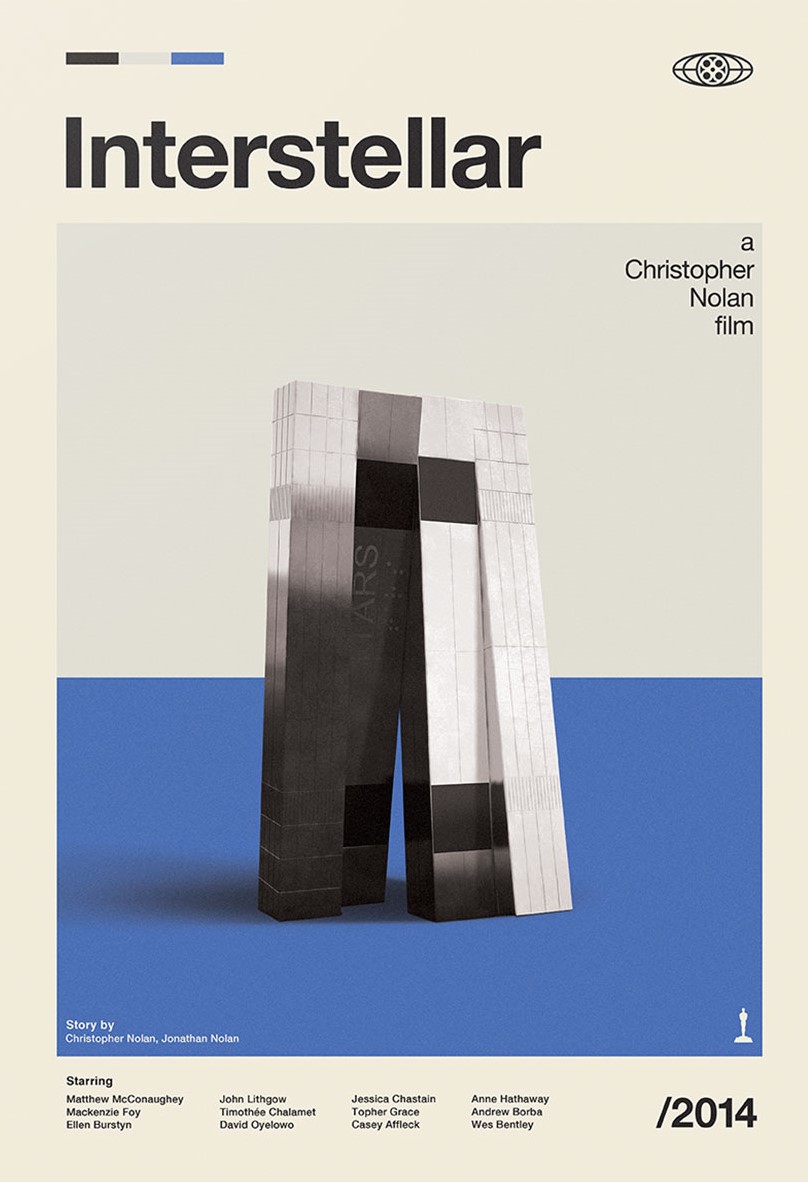









 Of course, there are worlds where the IRS and its inspectors can be your friends (even lovers), and this is what I like about how Everything Everywhere takes on the trope of the monstrous showdown. It is also one in which the worst of the worst is not what one expects. The worst anti-climatic showdowns are bureaucratic the movie seems to tell us, and no superhero is yet a match for that. In a sense ‘verse- jumping’ also has a bureaucratic component – one has to do the unexpecte, make a request in the system. This has multicultural parallels, especially with that Chinese fictional meta-text
Of course, there are worlds where the IRS and its inspectors can be your friends (even lovers), and this is what I like about how Everything Everywhere takes on the trope of the monstrous showdown. It is also one in which the worst of the worst is not what one expects. The worst anti-climatic showdowns are bureaucratic the movie seems to tell us, and no superhero is yet a match for that. In a sense ‘verse- jumping’ also has a bureaucratic component – one has to do the unexpecte, make a request in the system. This has multicultural parallels, especially with that Chinese fictional meta-text 

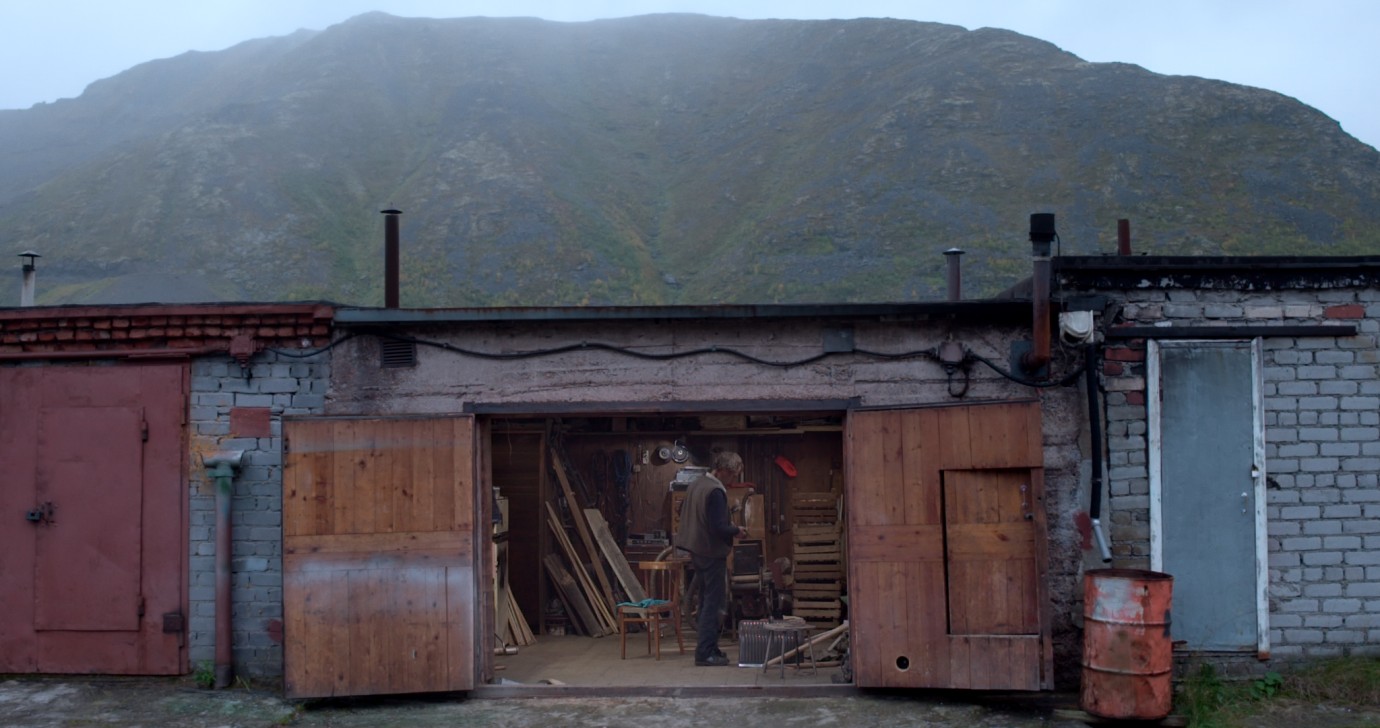

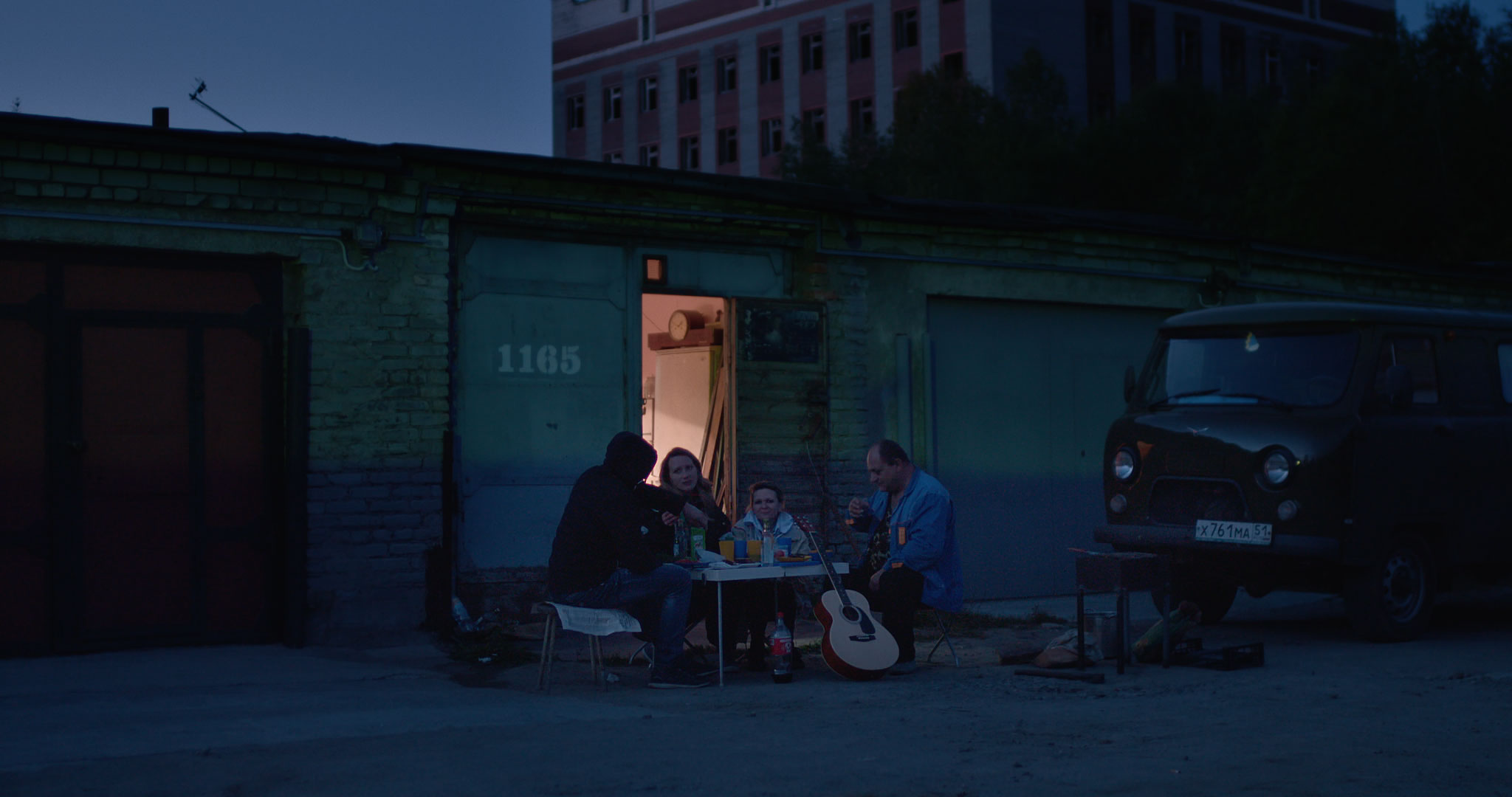



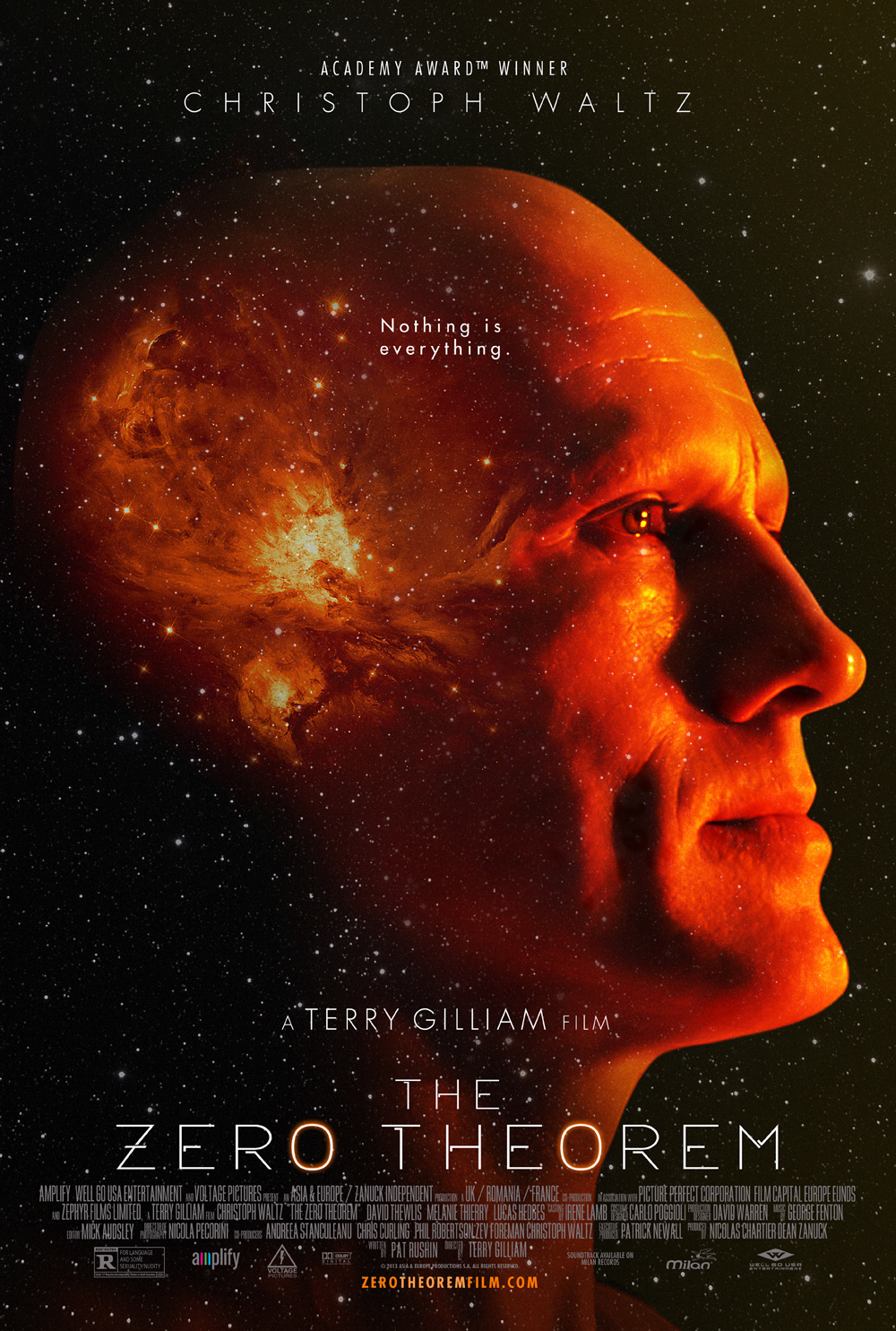


























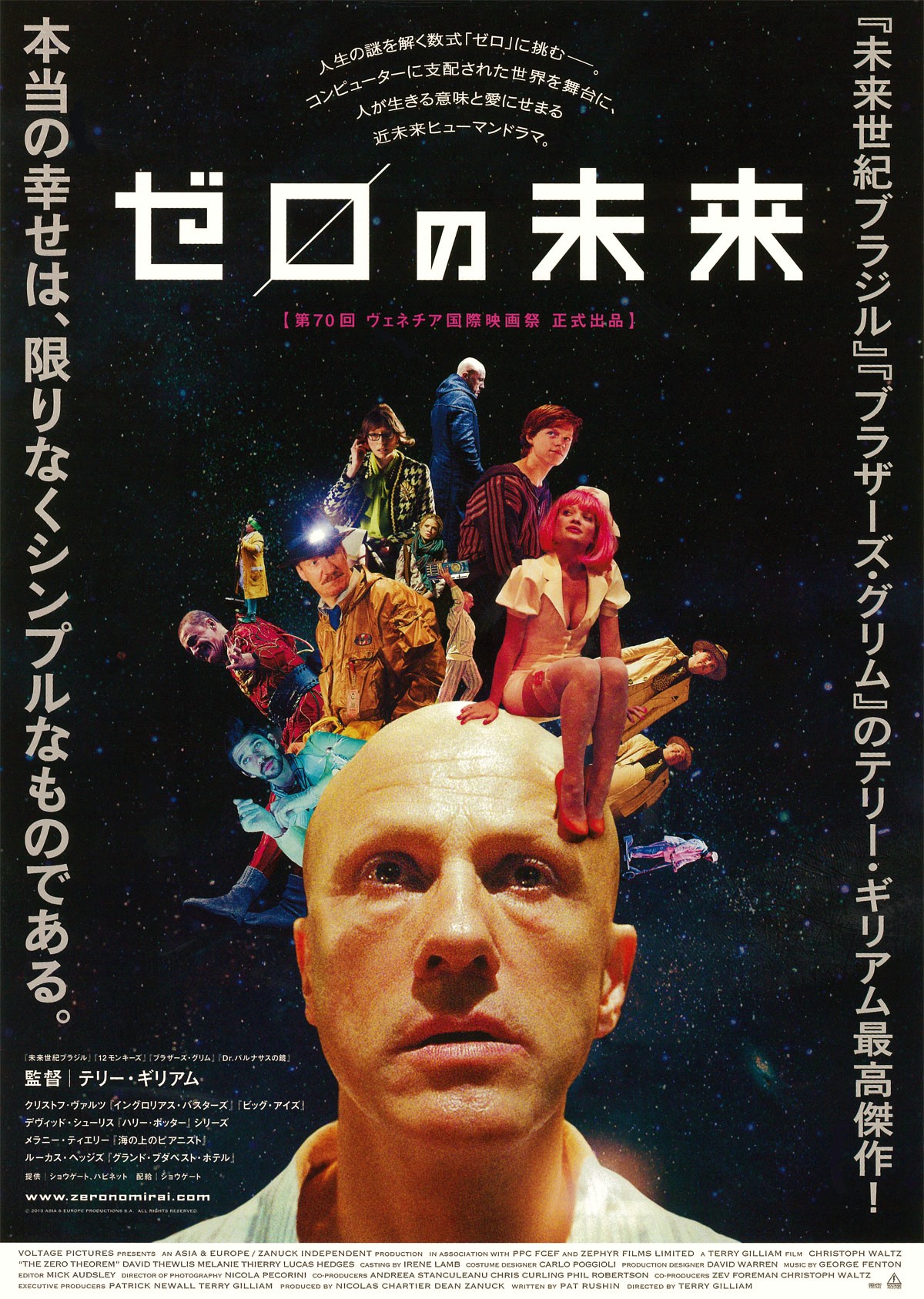 Commenting on the film’s misrepresentation by critics, Gilliam stated on his official Facebook page that one of the few critics to note that The Zero Theorem was not a comedy, but rather a tragedy, was Dave Lancaster of Cinemas Online. (
Commenting on the film’s misrepresentation by critics, Gilliam stated on his official Facebook page that one of the few critics to note that The Zero Theorem was not a comedy, but rather a tragedy, was Dave Lancaster of Cinemas Online. (